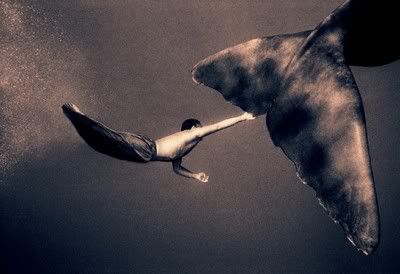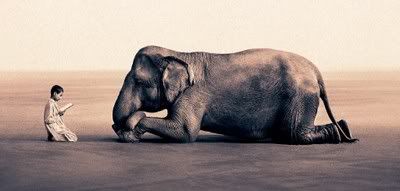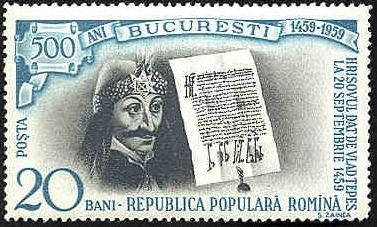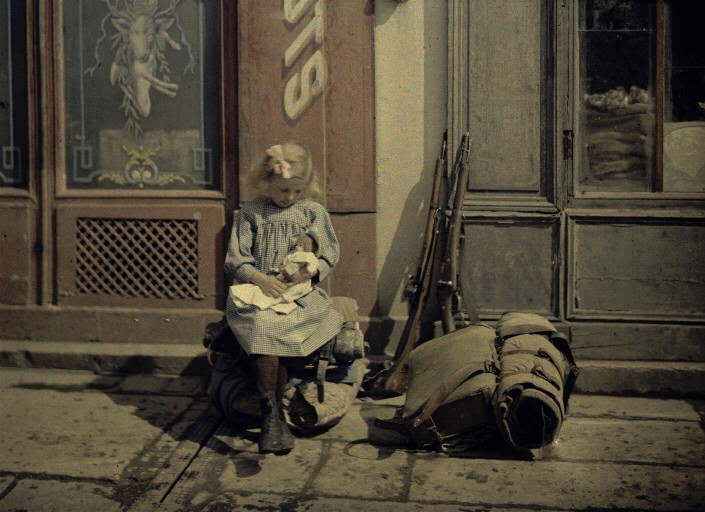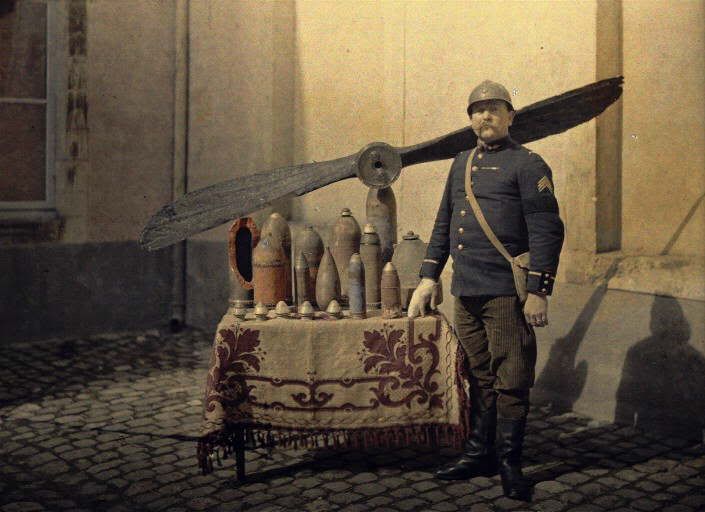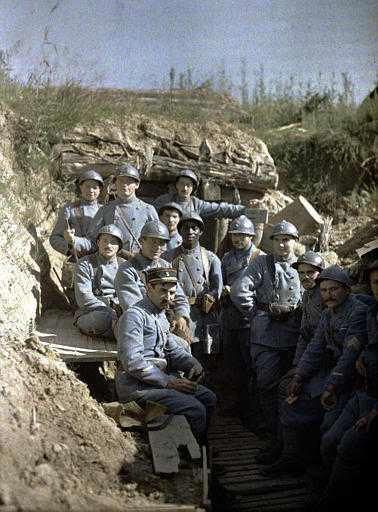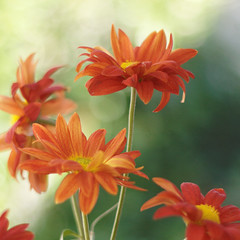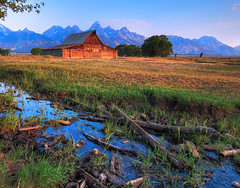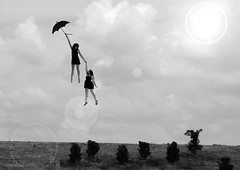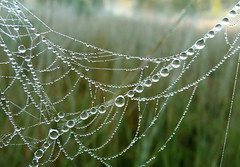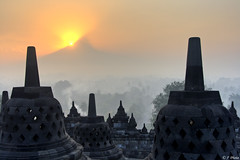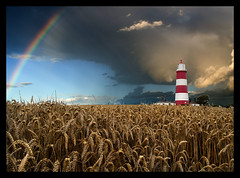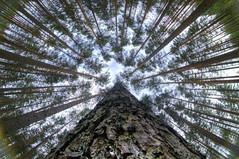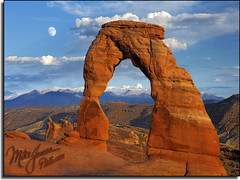Miller´s website shows several references about myth, and reality, related with the Stoker´s book, and the history of "Vlad the Impaler".
"There was a Dracula in the 15th century: Vlad the Impaler. Stoker didn't know much about him (at least I don't think he did) but he came across his name in a book he was researching entitled AN ACCOUNT OF THE PRINCIPALITIES OF WALLACHIA AND MOLDAVIA (1820). This book has a very short section on a "Voivode Dracula" who fought against the Turks. What attracted Stoker to the name "Dracula" was a footnote by Wilkinson which stated that "Dracula in the Wallachian language means devil". Not quite accurate, but that is what Stoker saw and copied into his notes. He was originally going to call his vampire "Count Wampyr" but changed it to "Count Dracula." This change is clearly made in Stoker's own notes for DRACULA which are located at the Rosenbach Museum in philadelphia.
The real Dracula (about whom we know much more than Stoker ever did) was NOT a Count, nor was he a vampire (or ever associated with vampires). The two Draculas have become greatly confused in many people's minds."
Read more...

